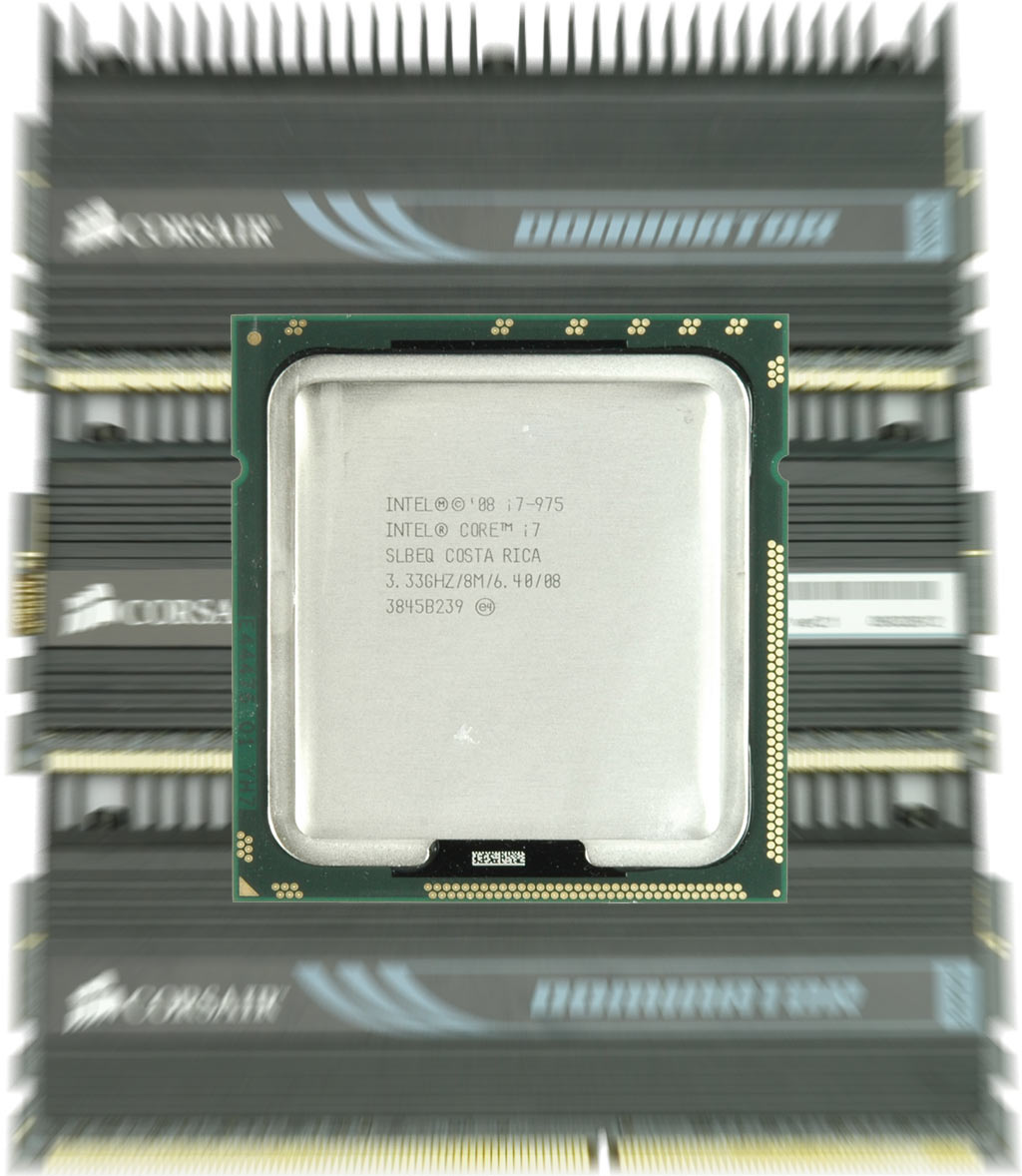Core i7 Memory Scaling: From DDR3-800 to DDR3-1600
Which RAM Speed Is Best For Core i7?
According to Intel, the Core i7 processor only officially supports DDR3-1066 memory, but in fact, the family is capable of running memory speeds from DDR3-800 to DDR3-1600. Even more clock speed (to the tune of 2,133 MT/s, as seen from our Core i7-975 review) is possible through overclocking and with additional voltage, which Intel advises against to avoid damage to the Core i7’s memory controller. But which speed is best? Does it make sense to invest in expensive, high-speed RAM?
While we ran some memory scaling numbers in the i7-975 story, we only had time to test bandwidth and one real-world data-intensive metric (MainConcept). Interested in how Intel's fastest CPU benefits from the balance between throughput and latency, we're running a more exhaustive benchmark suite on a number of different memory configurations for more insight.
Single-, Dual-, Triple-Channel
Memory bandwidth has always been an important determinant of overall CPU performance. DDR3 and DDR2, which represent the third and second generation of double data rate (DDR) memory, are most commonly used today. Every new DDR memory generation has been capable of eventually running at faster clock speeds (requiring new memory modules and platform support) than its predecessors, but it is also possible to increase bandwidth by widening the data path. Therefore, dual-channel memory operation was introduced by AMD and Intel in 2002, doubling the data path from 64 to 128 bits. Intel took the next step in late 2008, when triple-channel DDR3 was introduced with the launch of the Core i7 processor to the desktop market.
Cache Versus Memory Performance
However, Core i7 (and equivalent Xeons) will remain the only triple-channel products in Intel’s portfolio. Upcoming platforms and processors will stick with two channels, and they do so for a reason. While dual-channel memory made quite a difference a few years ago, increasing cache capacities helps soften the impact of insufficient memory bandwidth. This means that the difference among triple-, dual-, or even single-channel memory isn’t as big as it was several years ago.
Triple Channel, Sure. But Which Speed and Timings?
Get Tom's Hardware's best news and in-depth reviews, straight to your inbox.
There is no necessity to discuss memory capacity and configuration thanks to lower DDR3 prices. For Core i7, it has to be triple-channel memory, ideally a 3 x 2 GB DDR3 memory kit—these 6 GB kits currently offer the best bang for the enthusiast buck.
We already performed a thorough analysis on the performance and behavioral differences of 3 GB vs. 6 GB vs. 12 GB RAM on a Core i7 system. Now it’s time to look at popular RAM speeds and timings using the most popular 6 GB RAM capacity. Which DDR3 memory configuration is best?
Current page: Which RAM Speed Is Best For Core i7?
Next Page Core i7, Platform, And Memory Details